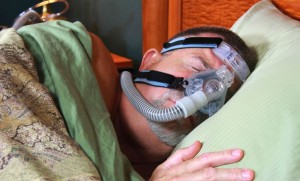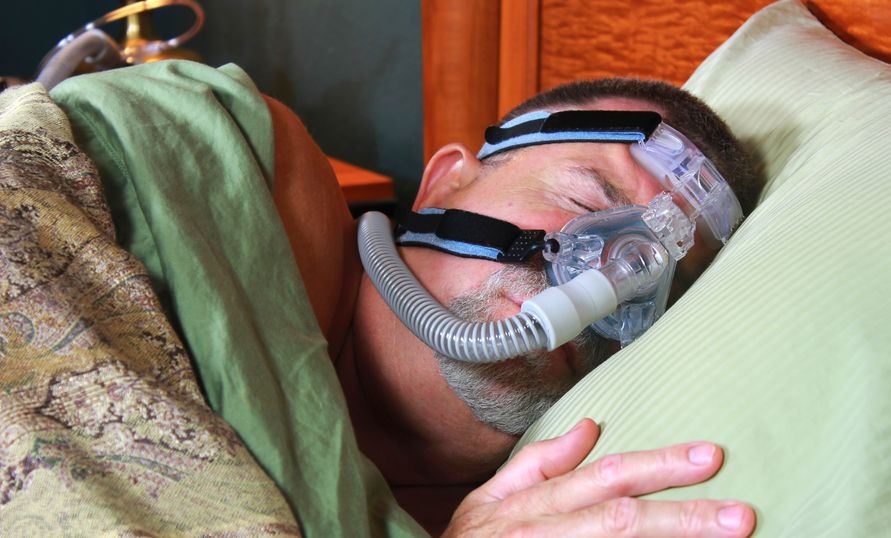Sleep apnea is a dangerous sleep disorder that plagues more than 18 million adults. Official treatment recommendations were released on Sept. 23rd and point to two solid, complimentary approaches: Lose weight and undergo treatment with continuous positive airway pressure (CPAP).
Published in the journal Annals of Internal Medicine, the recommendations were created b y the American College of Physicians, and are directed toward people with the most common type of sleep apnea, obstructive sleep apnea (OSA). This form of sleep apnea causes a person to stop breathing for short periods of time during sleep due to a collapsed or blocked airway. The other type of sleep apnea, central sleep apnea is much more rare and occurs when the nerves and parts of the brain that are responsible for breathing regulation, fail to send the signal to breathe.
Obesity is risk factor for OSA and evidence indicates that intensive weight loss interventions help to improve sleep study results and symptoms of the sleep disorder. Losing extra weight is also associated with plenty of other health benefits. Although being overweight is known to increase the chances of having sleep apnea, people of any weight can experience it.
If you don’t experience a benefit from from CPAP, or choose not to use CPAP, a mandibular advancement device (MAD), could also be a good alternative treatment option, according to recommendations. The device is worn inside the moth and opens up the airway by moving the jaw.
There aren’t any quick solutions to improving sleep apnea, but getting yourself treated is more than worth it. Sleep apnea is a known risk factor for a host of other conditions including diabetes, heart attack, high blood pressure and daytime drowsiness. Take the time to consult with your physician today!



No comments yet.